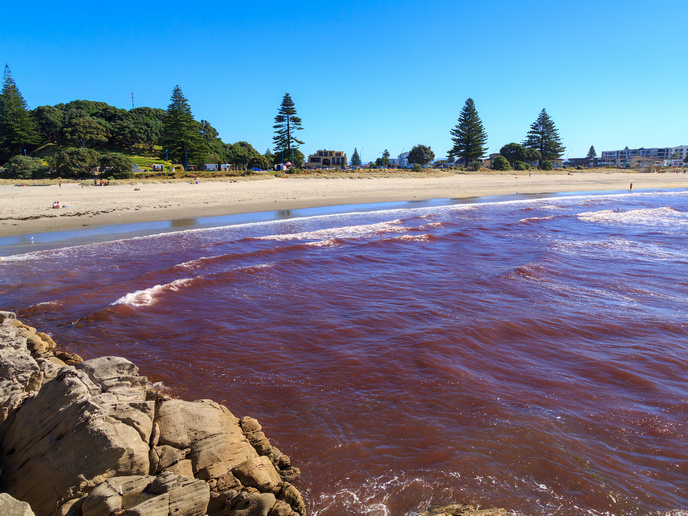New insights into the risk posed by emerging marine toxins
In the past, Europe has done a good job at mitigating the risk of human poisoning caused by harmful algal blooms and related marine toxins. But now, thanks to climate change, a new threat is emerging. “Emerging marine toxins such as tetrodotoxins, palytoxins and ciguatoxins present a different kind of threat,” says Vitor Vasconcelos, a professor at the University of Porto(opens in new window) and director of the www.ciimar.up.pt (Interdisciplinary Centre of Marine and Environmental Research) (CIIMAR). Unregulated and largely unmonitored, these emerging marine toxins represent an increasing risk to human health and safety. In fact, several episodes of human intoxications by these emergent toxins have already been recorded in Europe. It was these poisonings that led Vasconcelos and his colleagues to launch the EU-funded EMERTOX(opens in new window) project. “Our goal is to predict the actual situation in emergent marine toxins and the producing organisms, develop new approaches to assess their occurrence, and forecast possible future scenarios in the framework of global warming,” he explains.
New ways to sample and analyse emergent marine toxins
To accomplish this goal, EMERTOX created a robust and sustainable network of experts(opens in new window) competent in the fields of marine algal toxins and the detection of the organisms producing these toxins. The project, which received support from the Marie Skłodowska-Curie Actions(opens in new window) programme, worked in eight countries bordering either the Mediterranean Sea or the North Atlantic Ocean. “Collaborating with both national and European authorities, this network set out to assess and manage the risks associated with emerging toxins and the species that produce them,” adds Vasconcelos. Supporting this network were innovative new approaches developed by the project to sample and analyse the producing organisms and their toxins. For example, one approach involved passive sampling systems for benthic dinoflagellates and other emergent toxins. Researchers further developed biological assays based on optical biosensor detection, optical surface plasmon resonance (SPR) and fluorescence polarisation. They also created immunochemical assays and nano-biosensors to detect and quantify emergent toxins. “What makes these approaches unique is that they use chemical and biological methods, including immunoassays and sensors,” remarks Vasconcelos.
Predicting the spread of potentially toxin-producing organisms
Using the collected data, the project developed various models to estimate, for example, future dispersion routes of various emergent toxins. “This work has significantly extended our knowledge about the distribution of potentially toxin-producing species in the North Atlantic and Mediterranean,” notes Vasconcelos. For instance, the hundreds of strains of cyanobacteria and dinoflagellates deposited in the culture collections of project partners CIIMAR and IFREMER(opens in new window) will be very important assets for studying the distribution of emergent toxin-producing species. “As a result of our work, new species and toxins will be revealed in the coming years which will be used for lab experiments looking at the impact of climate change on the profile and incidence of these toxins,” concludes Vasconcelos. Even with the project now finished, the collaboration between EMERTOX partners and PhD researchers continues, with many pursuing further research initiatives via the Horizon Europe(opens in new window) and Atlantic Interreg(opens in new window) programmes. This ensures that the sampling methods and toxin analysis approaches developed during the project will be further applied around the world.







